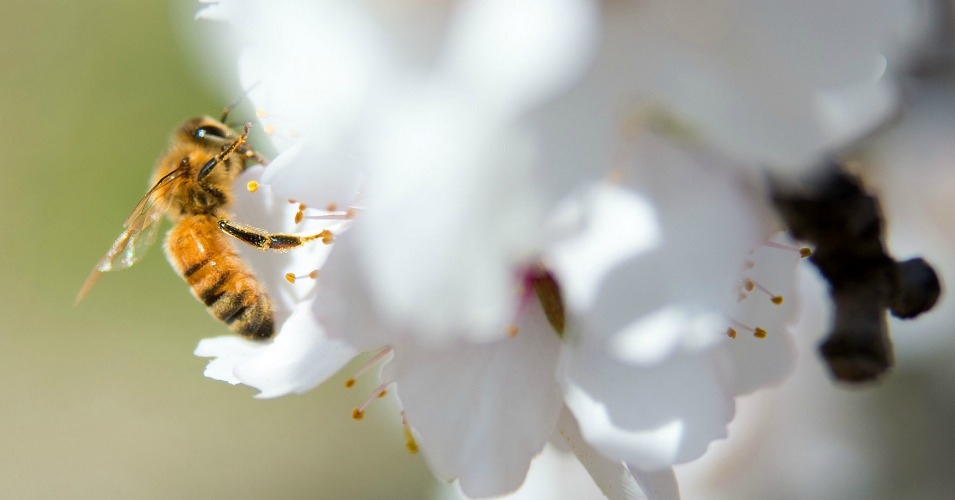Published on Saturday, April 20, 2013 by Common Dreams
“The Gulf and its people can’t wait any longer”
It also marks over 1000 days affected communities and ecosystems have been waiting for accountability, justice and full cleanup of the nation’s worst oil disaster that left a morbid legacy in its wake.
On Tuesday, a day before the first phase of the BP trial in New Orleans ended, conservation groups joined community members to demand accountability from the oil behemoth.
“Three years after the Gulf was inundated with BP oil, the wildlife, habitats and people of the Gulf are still feeling the effects of the disaster,” National Wildlife Federation’s David Muth, who represented the Mississippi River Delta Restoration Campaign, said.
“In 2012 alone, some 6 million pounds of BP oil was collected from Louisiana’s shorelines and 200 miles of coast remain oiled. We can’t allow BP off the hook for anything less than justice requires—a full payment for its recklessness so that real restoration of the Gulf’s ecosystem and economy can begin,” Muth said.
“Two years ago, BP promised $1 billion to early restoration to be used in two years. To date, BP has only spent seven percent of the promised total,” added Cynthia Sarthou, executive director of the Gulf Restoration Network. “Despite BP’s slick ad campaigns, the Gulf is still hurting and can’t wait any longer for restoration. It’s time BP be held fully accountable under the law.”
Indeed, as The Atlantic‘s Julie Dermansky has documented, the effects of the oil can still be seen. She writes:
Yet even three years later, the residual effects of the oil spill are still apparent on the Gulf Coast. I covered the BP oil spill from the start, and have gone on documenting the effects of the hardest-hit areas in Louisiana and Mississippi, revisiting those areas over the last week. Below are some of the photos I have taken. Along the Mississippi coast one can still find tar balls. In Louisiana I observed, among other disturbing signs of the spill, oil sheen along a coastal marsh, and erosion on an island in Barataria Bay sped up by the death of mangrove trees and marsh grass.
On Wednesday, Drue Banta Winters, attorney with the Louisiana governor’s office, cited these statistics, the Times-Picayune reports:
- Of Gulf Coast shorelines currently classified as “moderately oiled” or “heavily oiled” by the combined federal/BP response today, 100 percent are along Louisiana’s shoreline.
- More than 1,700 sea turtles were found stranded between May 2010 and November 2012, compared to an average 240 stranded sea turtles annually.
- There have been 930 cetaceans — mostly bottlenosed dolphins and some whales — stranded in the Gulf between February 2010 and April 2013, including 440 in Louisiana. The historical average is 20 strandings a year.
The National Wildlife Federation added in its report Restoring a Degraded Gulf of Mexico: Wildlife and Wetlands Three Years into the Gulf Oil Disaster:
- A coral colony seven miles from the wellhead was badly damaged by oil. A recent laboratory study found that a mixture of oil and dispersant affected the ability of some coral species to build new parts of a reef.
- Scientists found that the oil disaster affected the cellular function of the killifish, a common baitfish at the base of the food web. A recent laboratory study found that oil exposure can also harm the development of larger fish such as mahi mahi.
In addition to the oil, the chemical dispersant Corexit has wreaked havoc, and as a report released Friday from the Government Accountability Project detailed, it was knowingly used to make the gushing oil merely “appear invisible” while exacerbating levels of toxicity.
The group warned that the toxic oil/dispersant mix will continue to cause “devastating long-term effects on human health and the Gulf of Mexico ecosystem” for a long time.
And after the Gulf disaster began, marine toxicologist Riki Ott was sounding the alarm on the toxic effects both the oil and Corexit were having on human health.
“After three years,” said Patty Whitney of Bayou Interfaith Shared Community Organizing, “the Gulf and its people can’t wait any longer for environmental restoration that supports resilient communities.”
_____________________________



